First single-port renal vein transposition reduces recovery time and improves outcomes
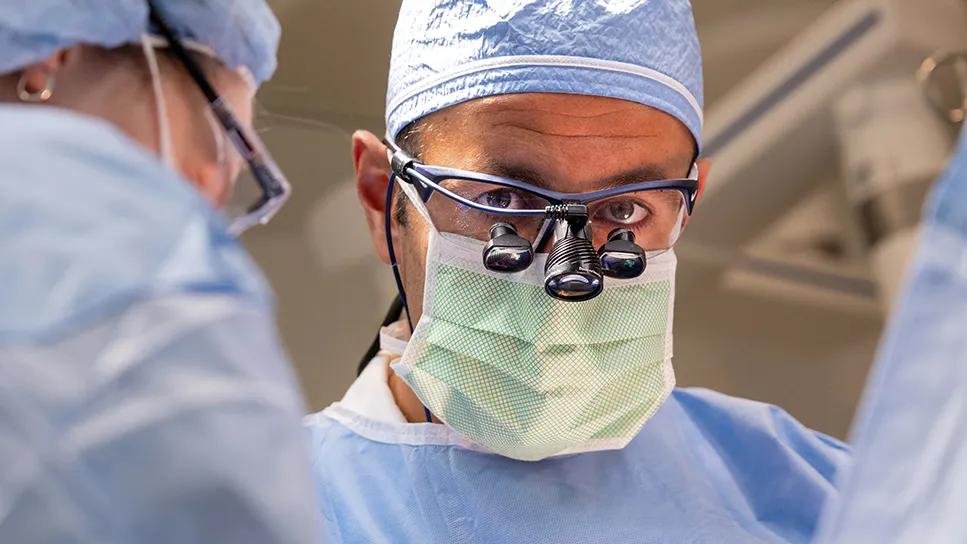
A 21-year-old competitive cross-country skier presented to Cleveland Clinic’s Department of Urology with severe and intermittent pain on her left side, back and abdomen. Her pain had puzzled specialists for the past five years when it first began and had recently become debilitating, especially while competing.
Advertisement
Cleveland Clinic is a non-profit academic medical center. Advertising on our site helps support our mission. We do not endorse non-Cleveland Clinic products or services. Policy
Prior to her Cleveland Clinic encounter, she underwent a myriad of diagnostic tests, including colonoscopies, imaging studies, and consultations across different specialties. Everything from dietary issues and hormonal imbalances to gastrointestinal disorders, gynecological conditions and anxiety had been considered. She even underwent a cholecystectomy. None of the interventions provided lasting relief.
Nutcracker syndrome, also known as left renal vein entrapment syndrome, had been previously ruled out during the patient’s course of care at a different healthcare system. The condition, which is exceedingly rare, is caused by the compression, usually by two other blood vessels, of the left renal vein between the aorta and the proximal superior mesenteric artery.
The symptoms can vary from patient to patient. Some may present with microscopic and gross hematuria or left flank pain, but not all patients experience these issues.
The patient was ultimately referred to Cleveland Clinic urologic surgeon Mohamed Eltemamy, MD, in early 2024. He evaluated her with a CT scan, which confirmed a compressed left renal nerve. Her atypical presentation—abdominal and flank pain without hematuria—had complicated the diagnostic journey.
“Her situation was not a classic, straightforward, black-and-white case. Unfortunately, that made her journey much longer,” he says. In addition to being rare, common symptoms, including musculoskeletal pain, colonic constipation, and gynecological pelvic pain, can also obfuscate a clear clinical picture.
Advertisement
Now, with a confirmed diagnosis, Dr. Eltemamy discussed the patient’s options, and, together, they decided to monitor symptoms. Nutcracker syndrome has no adverse effects on kidney function. For those with milder forms, pain can be effectively managed with acetaminophen.
“Nutcracker syndrome is not life-threatening, and we often recommend monitoring and imaging as needed, but surgery is also an option for some patients. It just depends on the severity of the pain,” explains Dr. Eltemamy.
Several months following her initial Cleveland Clinic visit, the patient decided to proceed with surgery.
“Renal vein transposition and autotransplantation are two conventional options for this condition. Approximately 99% of the time, both will be performed as open surgeries,” explains Dr. Eltemamy.
Patients and their surgeons must consider the risks and benefits involved. “Usually, these patients are young women in their teens or early 20s and with very thin morphology, and these are big, high-morbidity, quality-of-life surgeries.”
To minimize potential morbidity, Dr. Eltemamy proposed using the single-port (SP) robot to perform a renal vein transposition. Cleveland Clinic has pioneered many urologic robotic surgeries, and this would be the first-of-its-kind application with the SP robot. Dr. Eltemamy had been using the SP robot for autotransplantation over the past several years and was pleased with the results, so this seemed like a natural use case.
Up until now, the team has been performing renal vein transposition laparoscopically and with support from the multiport robot. The SP robotic approach utilizes a single small incision—approximately 3 cm—through which the robotic arm accommodates surgical instruments and a flexible high-definition camera.
Advertisement
“We repositioned the left renal vein to a lower location in the abdomen, thereby alleviating compression by adjacent vascular structures,” he explains. “The precise robotic technique replicates the outcomes of open surgery while significantly reducing recovery time.”
The 6.5-hour procedure was successful, and the patient was discharged after just one night in the hospital.
The main benefits include improved pain control and postoperative recovery. The patient was able to begin training just a few months later and gradually began to shed her previous pain management regimen. There are also cosmetic advantages, including a smaller scar hidden behind the bikini line versus a larger midline incision.
The patient and their urologist should thoughtfully consider treatment decisions for nutcracker syndrome.
Not everyone is a candidate for surgery, and not every center can provide this exact approach. In this case, Dr. Eltemamy is pleased with the results, adding that this was the best path forward for the patient.
Advertisement
Advertisement
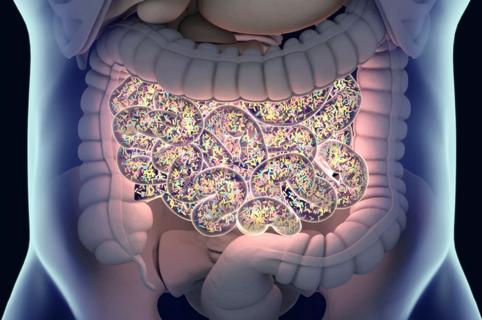
Large-scale joint study links elevated TMAO blood levels and chronic kidney disease risk over time
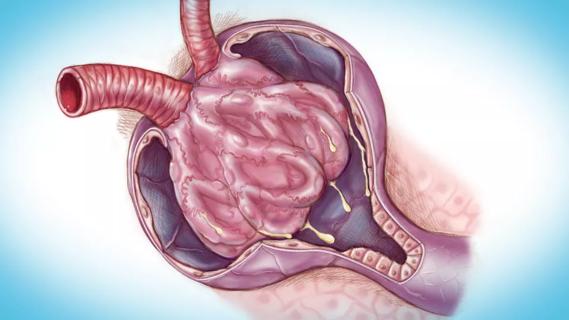
Fully-automated process uses preop CT, baseline GFR to estimate post-nephrectomy renal function
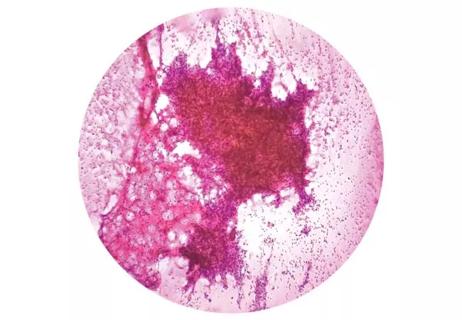
Belzutifan superior to everolimus in phase 3 clinical trial

Screening and medication key to better outcomes
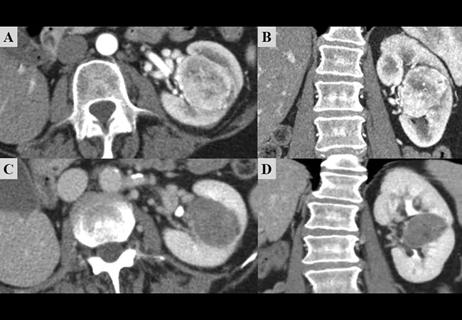
Management of high-risk RMSK in the pre-and current eras of neoadjuvant therapy
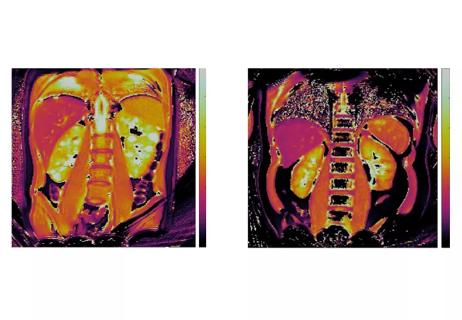
NIH-funded study explores novel MRI technique to stage cystic kidney disease
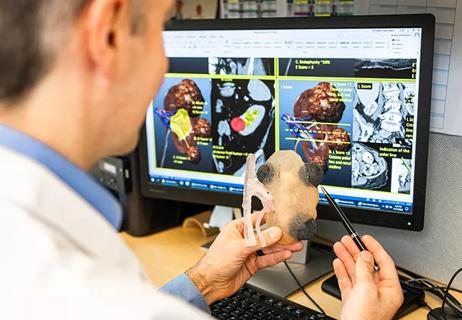
AI-generated model bests predictive abilities of human experts
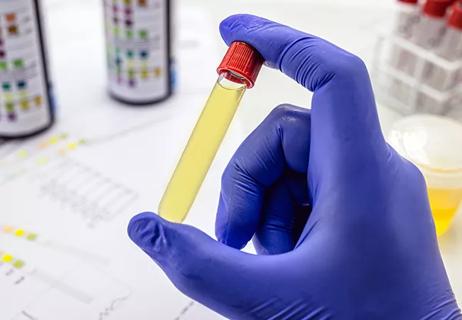
Study highlights benefits of nephrologist-led urine sediment analysis